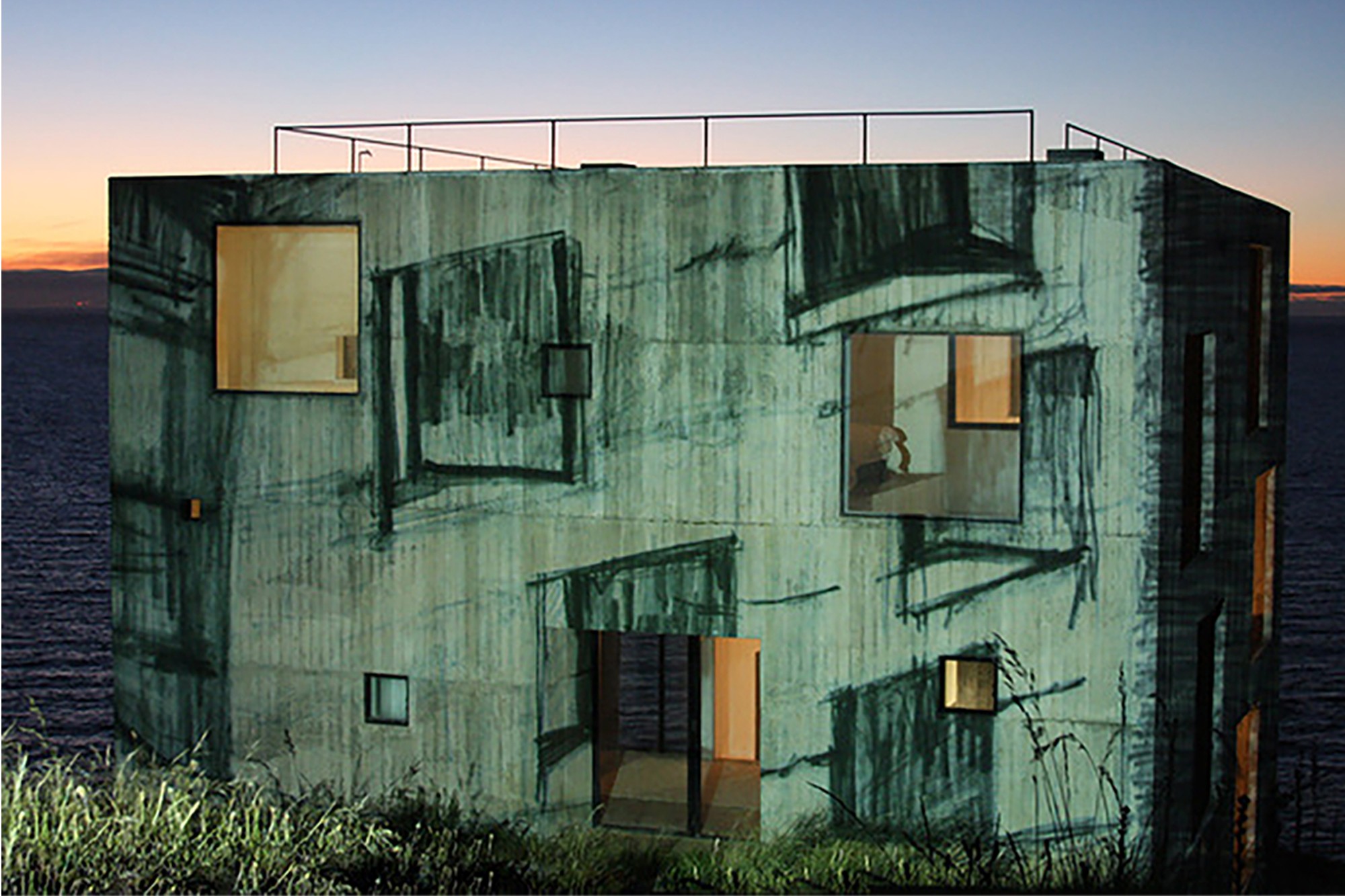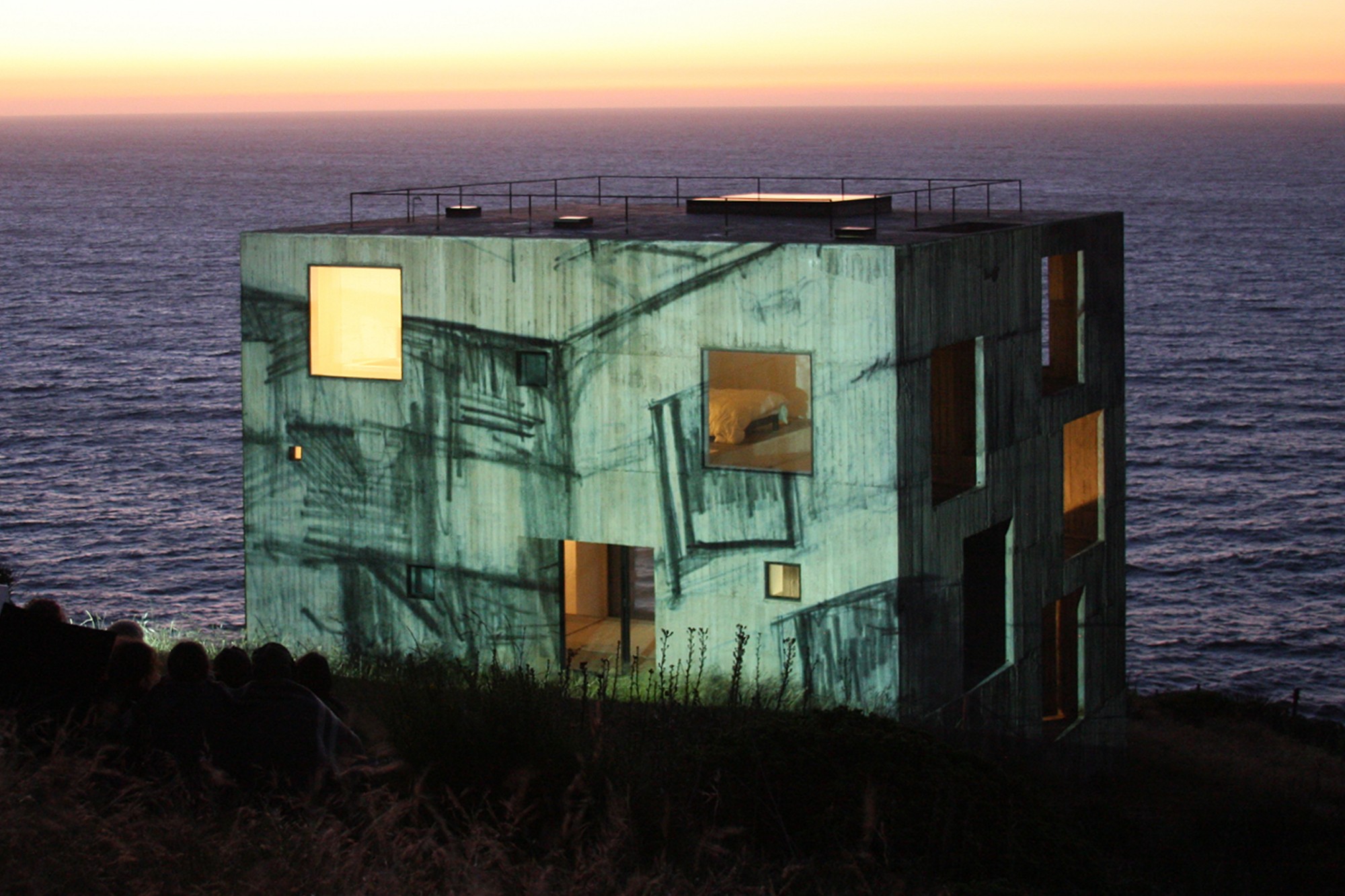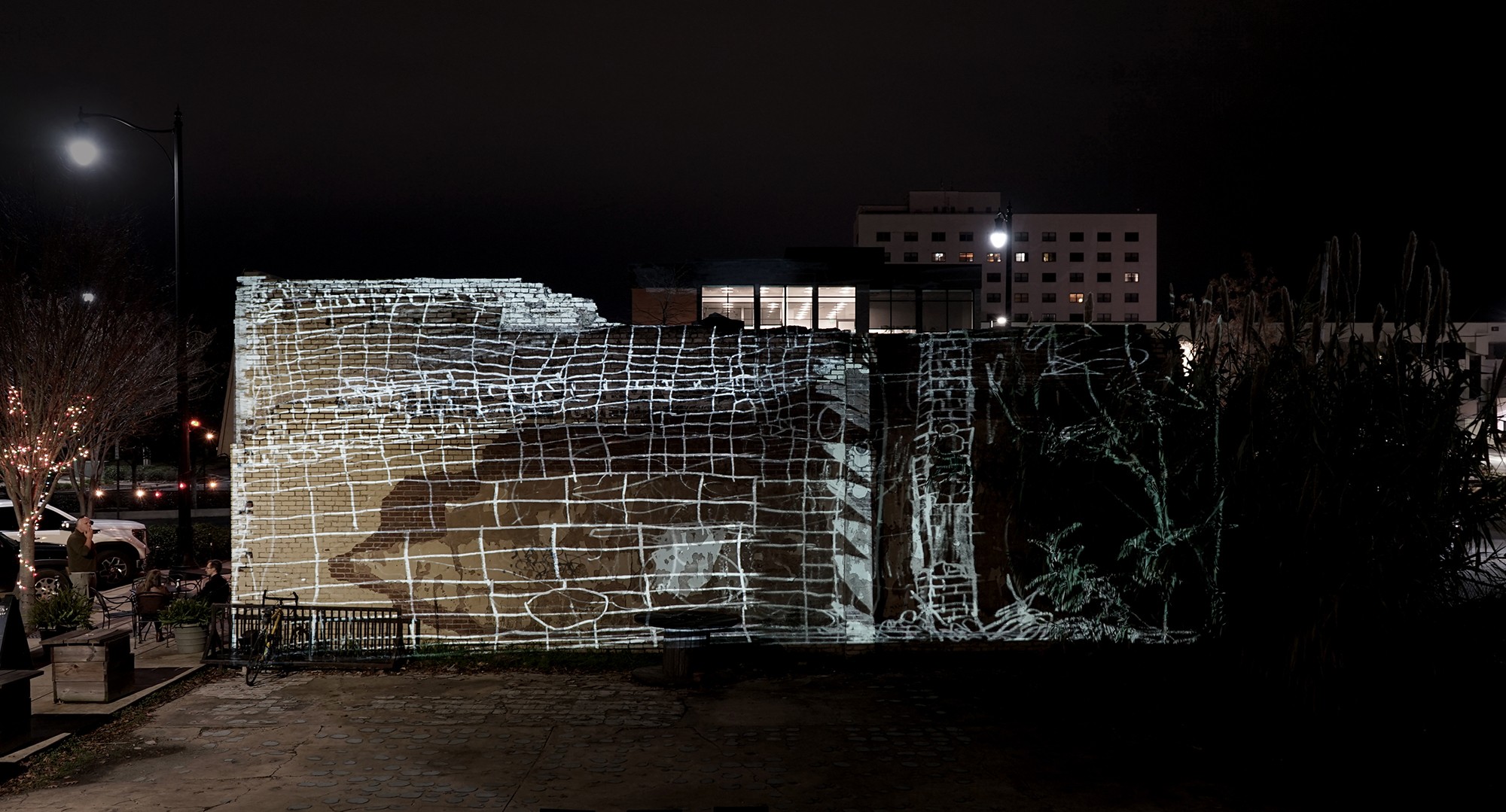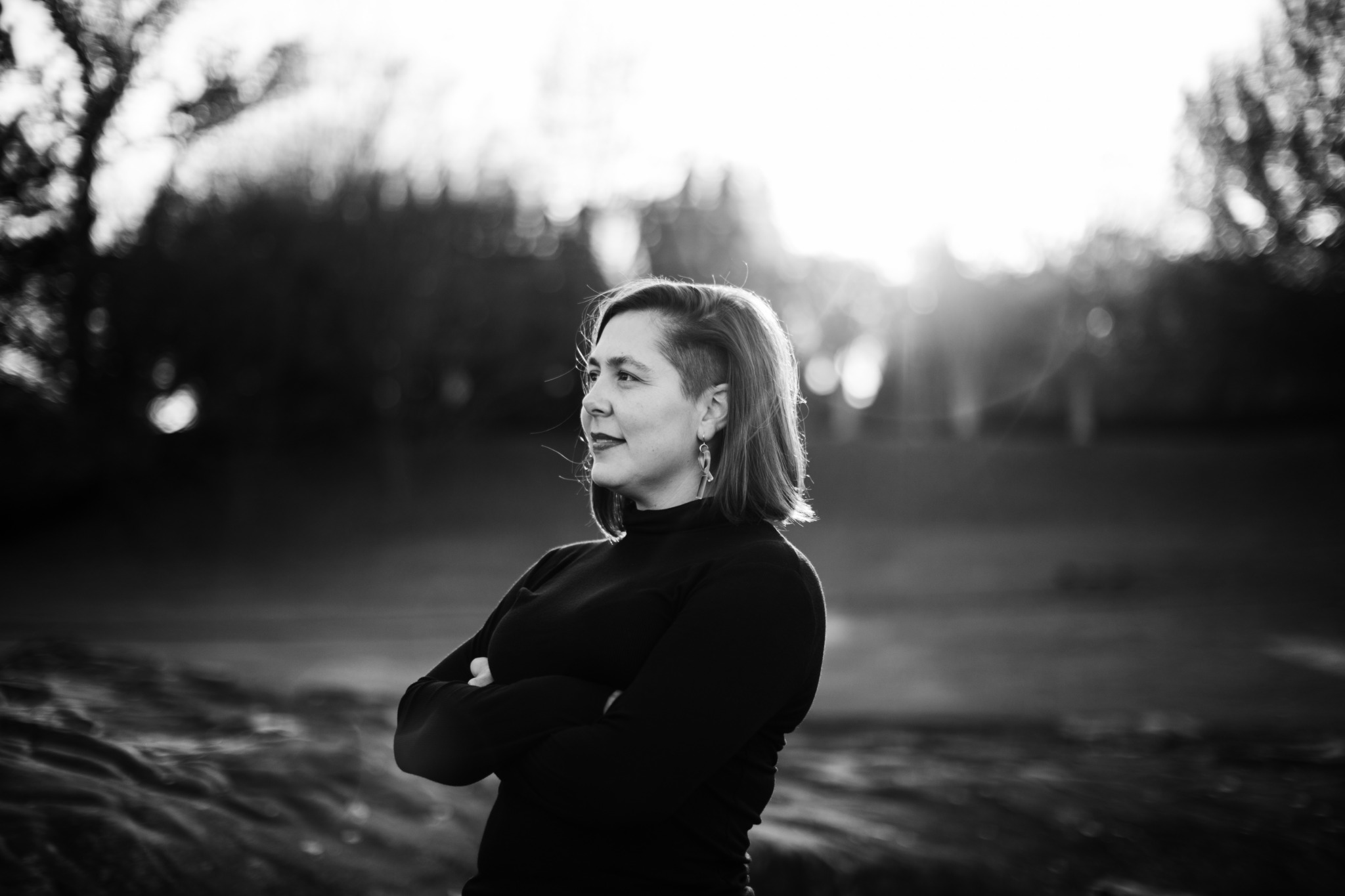Alright – so today we’ve got the honor of introducing you to Karen Brummund. We think you’ll enjoy our conversation, we’ve shared it below.
Alright, Karen thanks for taking the time to share your stories and insights with us today. Are you happy as a creative professional? Do you sometimes wonder what it would be like to work for someone else?
I had been working as an artist for about ten years when I hit a wall of burnout. I remember crying over having too many opportunities, while a younger artist looked at me like I was crazy. Stress and constant striving had taken over my studio practice. Meanwhile, at home, my two young sons were teaching me about wonder and joy—like only babies can. At one point, I paused and realized that wonder, mystery, and culture care aren’t just the artist’s work—they’re the work of a parent too. I was struck by the similarities and differences in my posture towards these jobs. So, I quit. Well, not exactly quit—but I paused and pivoted my studio practice.
My new mission became finding “art worth living”—art that truly mattered to the people who mattered most to me. What followed was a ten-year experiential research project into the relational aesthetics of art interpretation.
At first, I needed to find a connection between these two very different roles I was living. I stepped back from creating new work for outside communities and leaned into making art that would enrich my personal life. The research started by traveling to experience social and environmental art installations with my family. We explored art in my field, observing how it impacted our relationships. We took preschoolers into adult-filled art collections, with guards trailing us to make sure nothing was broken. Art made us dance, laugh, feel uncomfortable, and challenged us to be brave.
Professionally, I discovered how aesthetic experiences can serve as hospitable spaces for both joyful and difficult conversations. I also studied how green spaces and hospitality influence art mediation. Personally, my curious, energetic children helped me deconstruct some of my rigid ways of seeing art and taught me how to reconnect with art and others. That act of pausing and truly listening to “art worth living” transformed and grounded my studio practice, allowing me now to work with greater confidence and authenticity.

Karen , love having you share your insights with us. Before we ask you more questions, maybe you can take a moment to introduce yourself to our readers who might have missed our earlier conversations?
I began making art in the early 2000s in London, England. At the time, socially engaged art was constructing language for environmental, ephemeral, and community-based practices of art. I was working in London’s East End, when an art gallery approached me about making an exhibition of drawings. As an alternative, I proposed an ephemeral art installation on the outside of the gallery. I made a drawing of their building, hanged it on the building, and then watched it fall off. Working on the street with passerby inspired me to develop a studio practice that uses architecture like a canvas and a metaphor for the place where we belong.
I make time-based drawings of architecture that are ephemeral public installations using drawing, video, and dialogue. The process is central to the aesthetics with with community members actively involved in both the creation and the storytelling. As my work expanded through commissions in different locations and buildings, I honed a creative process that integrates community voices, environmental elements, and the core ideas of my art practice.

In your view, what can society to do to best support artists, creatives and a thriving creative ecosystem?
I believe that investing in the next generation’s understanding, integration, and enjoyment of the arts is crucial for the sustainability of my career as an artist. For us to continue contributing to our culture, we need patrons who recognize and value the arts as essential to being human and being part of a community. K-12 arts education goes beyond teaching fine motor skills, memorizing historical artworks, or offering extracurricular options. Given the profound impact the arts have on society, we must prioritize authentic and immersive arts experiences for young people. This helps cultivate future leaders who understand the importance of integrating the arts into their personal lives, careers, and communities. It’s also one of the reasons why I place such importance on artist residencies in schools and working with multi-generational audiences.

Any resources you can share with us that might be helpful to other creatives?
As I’ve progressed in my career, I’ve come to truly value the power of collaboration. The act of connecting with others is one of the most rewarding aspects of being an artist. Social interaction is a vital part of my installations, but I can only take on so many individual, large-scale, community-based projects each year before I risk burning out. Recently, I’ve started working with two other artists on collaborative projects. Their practices are quite different from mine, but we experiment and create together, which has been a refreshing way to use studio time. It’s allowed me to expand the discourse of my own work while gaining access to new professional opportunities, thanks to our combined resumes and networks. Early in my career, I was so focused on individual achievements that I didn’t prioritize the kind of creative freedom that comes with play and experimentation. Looking back, I realize how much richer my work and growth could have been if I had given myself more space to explore, collaborate, and take risks without the pressure of always needing to ‘produce’ something concrete.
Contact Info:
- Website: http://www.karenbrummund.com/
- Instagram: https://www.instagram.com/karenmbrummund/



Image Credits
Karen Brummund


